Our drive today took us through the lavender fields of the Valensole Plateau although it was slow progress with all the photographing! It was amazing how the colour changes within seconds as the sun goes behind a cloud.
We then made three stops, one in Forcalquier where the weekly market was just closing, but we still found some ratatouille and spinach tarts and nectarines for lunch, which we ate with our feet cooling in the town lavoir!
Next stop, the Haute Ville of Banon, where the houses form a guarding wall with the impressive Portail a Machicoulis gate and the hollyhocks which are planted everywhere give splashes of strident colour at every turn and an amazing scent.
Last up was Simiane which is topped by the Rotunde, which looks like a keep, but is actually the chapel from the original chateau, with a white domed roof and great views. We explored the cobbled streets with lots of little art galleries and an impressive array of doors.
This area is called The Luberon, named after the massif comprising three ranges of mountains which sits in the centre of the Parc Naturel Regional du Luberon and we are staying just to the north of the mountains in Apt while we explore. The car park sign caused a little consternation, but apparently it has to rain for days on end for there to be a risk. Christel welcomed us into her home, which had been part of an Ursuline Convent until the French Revolution. There are three B&B apartments, and ours was on the third floor, with a little sitting room, bedroom and huge bathroom and a delicious breakfast was served in the salon with the other guests.
Gordes is the home of a couple of the most photographed views in Provence. The first is a view of the town as it seems to tumble dramatically down the hillside and the other is of the Abbaye de Senanque, another of the Three Sisters of Provence, but still lived in by monks. As we approached the town, we saw a sign for a viewpoint and we able to take the first picture, although it was a bit overcast and we thought we might take another look later. The Abbaye is only open for individuals in the morning, after that it's just tours, hence our early start, but the morning was a bit misty, with even a small shower of rain and the Abbaye looked a bit subdued.
We looked round the cloisters, abbey church and chapter house, and as we came out so did the sun and the Abbaye lit up.
The Tour de France comes through here in a couple of days, and the road have been smartened up and given fresh white lines, and we've seen plenty of cyclists around, some maybe checking out the route! There are even some mobile homes parked up in prime positions for viewing the race.
Just outside Gordes is the Village de Bories, a collection of reconstructed drystone buildings all cleverly designed so that rain runs off easily and the temperature inside remains constant. They almost look prehistoric, but are mainly C18 and were inhabited till the C19. They reminded us of the trulli buildings with conical rooves in Alberobello in Italy.
We would have stopped in Gordes to look round and visit the castle, but it was market day and we couldn't find a place to park, so gave up. Instead, we decided to return via Roussillion.
Ochre has been extracted from the rocks here since prehistoric times and produces a range of colours from pale yellow to blood red which are unaffected by sunlight. The ochre is made up of white clay mixed with iron oxides but when extracted it is mixed with a lot of sand that needs to be removed first. At its peak in the early C20, 40,000 tonnes of ochre were exported from the area, but by 1930 competition from chemical pigments ended the industry. We walked the Sentier des Oches, a short trail showing the landscape formed by quarrying and subsequent weathering and the sun was definitely out so the colours were amazing, very much reminding us of the Red Canyon in Utah.
We took a turn round the town, where ochre of every shade has been used to decorate the buildings.
Next day, we took a 6km hiking trail round Colorado Provençal, another former ochre quarry, and were quite pleased it remained cooler with a breeze. The rocks had been weathered into a striking landscape, with one area called the Sahara. We took a tour of the Mines de Bruoux, where tall arched entrances led to some 40kms of passageways, all of which had been dug out just with manpower and a pick axe. Fortunately our tour was only 30mins as it was only 10 degrees inside and we only had one fleece between us (Chris lent me his fleece!) but unfortunately we couldn't take pictures inside.
Last stop of the day was a climb to the Bellevue in the village of Saignon which gives almost 360 degree views and then tomorrow we move on northwards.
The Heart of the Luberon
Monday, July 11, 2016
 Apt, Provence, France
Apt, Provence, France
Other Entries
-
1Aups and our first Auberge
Jul 065 days prior Aups, Francephoto_camera16videocam 0comment 1
Aups, Francephoto_camera16videocam 0comment 1 -
2Gorges Du Verdon
Jul 074 days prior La Palud sur Verdon, Francephoto_camera56videocam 0comment 1
La Palud sur Verdon, Francephoto_camera56videocam 0comment 1 -
3Moustiers Sainte-Marie
Jul 092 days prior Moustiers Sainte Marie, Francephoto_camera36videocam 0comment 0
Moustiers Sainte Marie, Francephoto_camera36videocam 0comment 0 -
4The Heart of the Luberon
Jul 11 Apt, Francephoto_camera90videocam 0comment 0
Apt, Francephoto_camera90videocam 0comment 0 -
5Mont Ventoux
Jul 143 days later Montbrun-les-Bains, Francephoto_camera50videocam 0comment 0
Montbrun-les-Bains, Francephoto_camera50videocam 0comment 0 -
6Vaison-la-Romaine
Jul 165 days later Vaison-la-Romaine, Francephoto_camera34videocam 0comment 0
Vaison-la-Romaine, Francephoto_camera34videocam 0comment 0 -
7The Dentelles de Montmirail
Jul 176 days later Lafare, Francephoto_camera34videocam 0comment 0
Lafare, Francephoto_camera34videocam 0comment 0 -
8Chagall en Provence
Jul 209 days later Marseille, Francephoto_camera14videocam 0comment 0
Marseille, Francephoto_camera14videocam 0comment 0

 Apt, Provence, France
Apt, Provence, France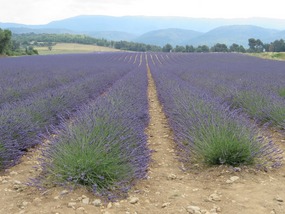
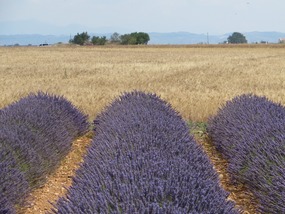
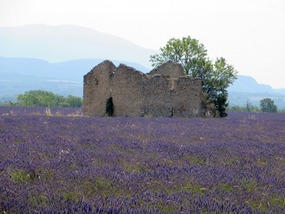
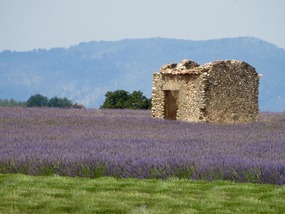
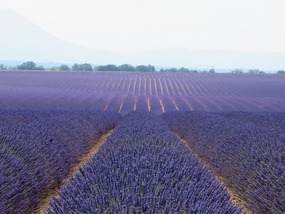
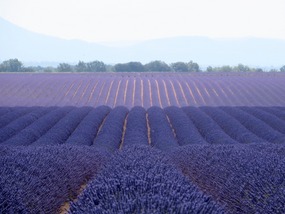

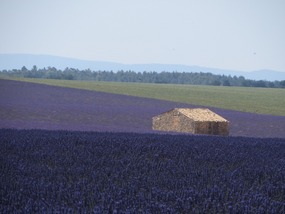
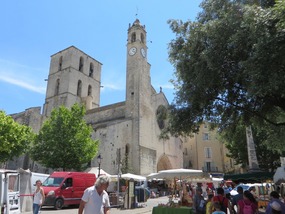
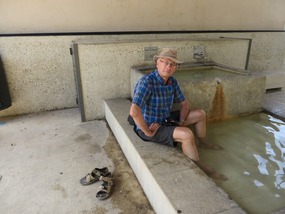
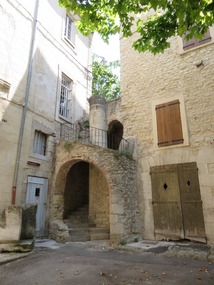
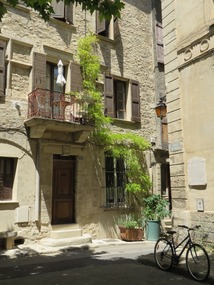
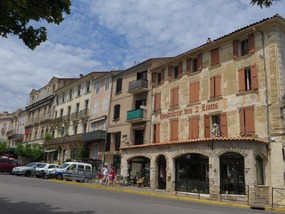
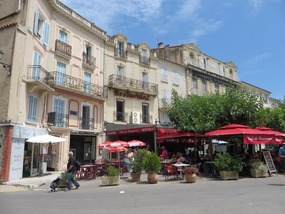
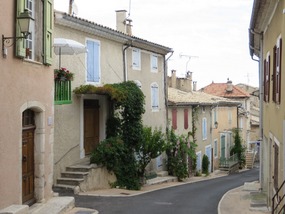
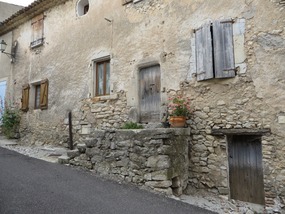
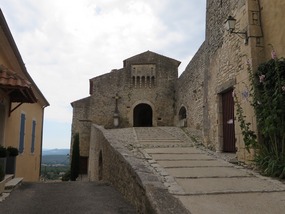

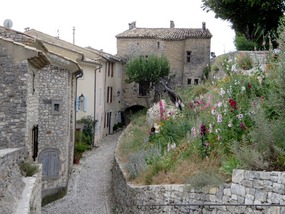
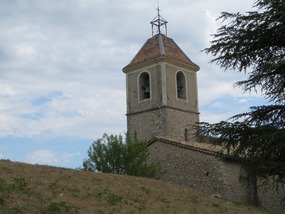
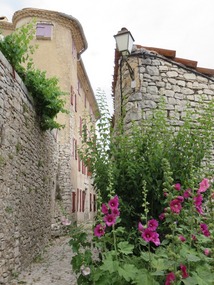
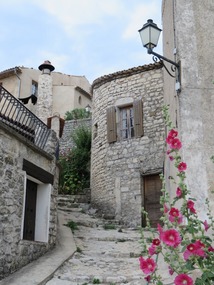

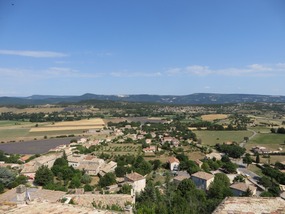
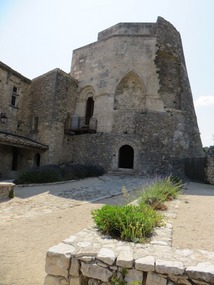
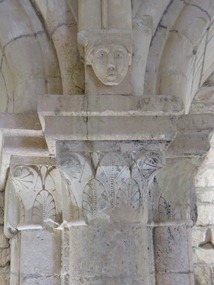
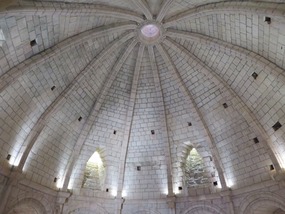
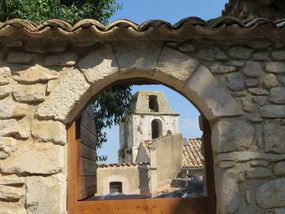
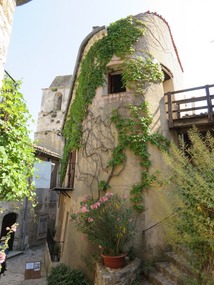
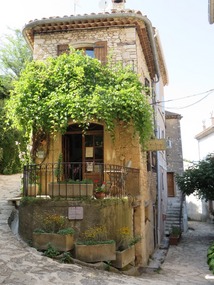
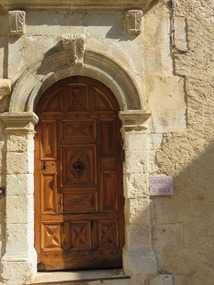
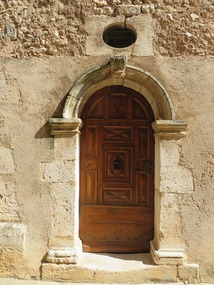
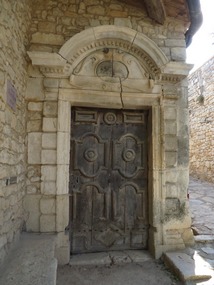
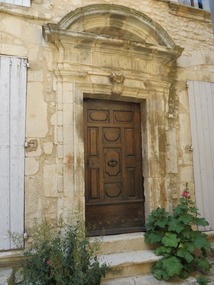
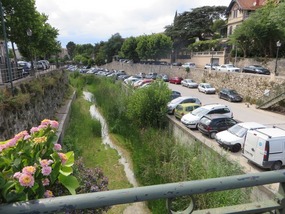
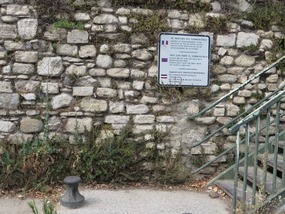
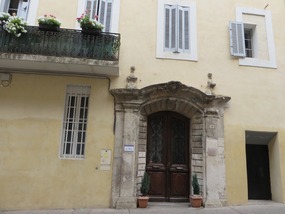
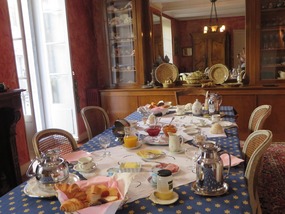

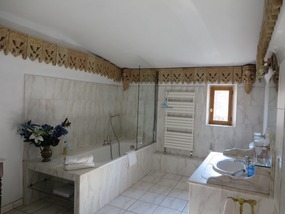
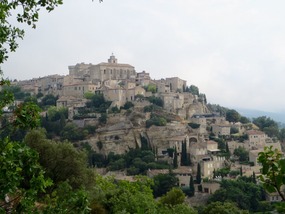
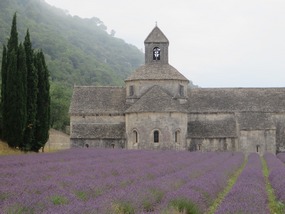
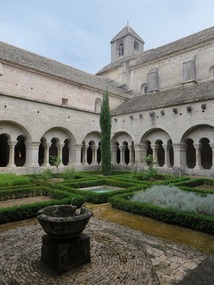
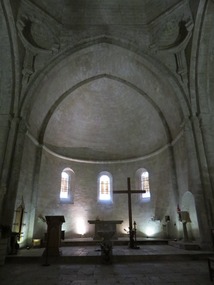
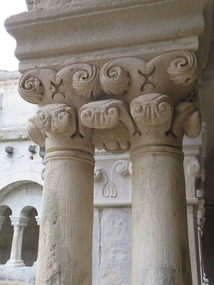
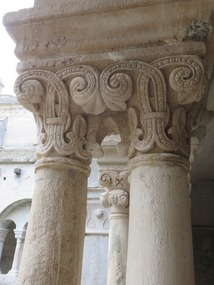
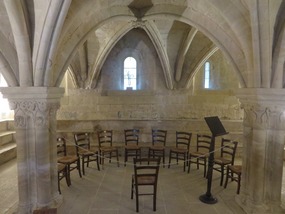
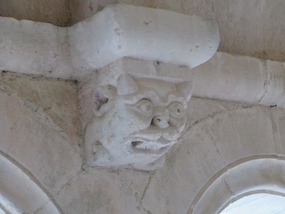
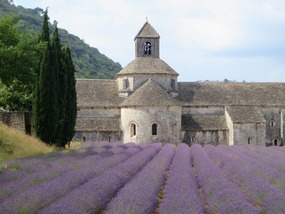
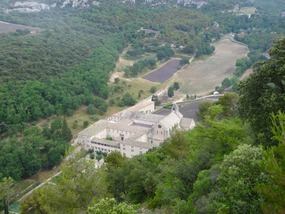
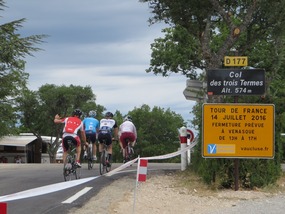
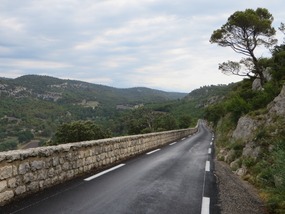
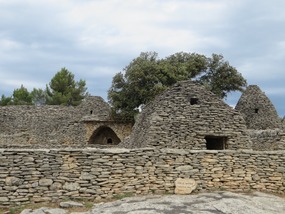
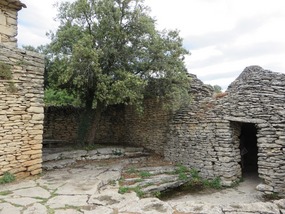
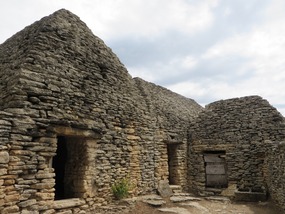

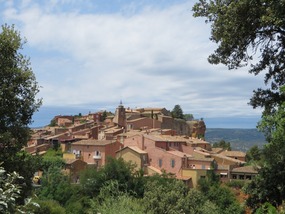
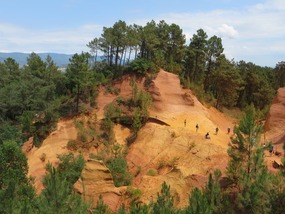
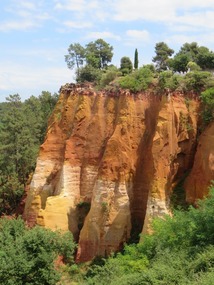
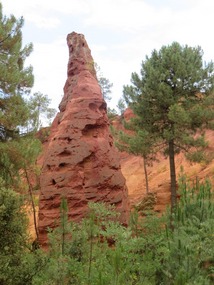
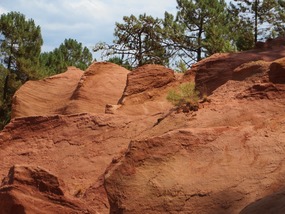
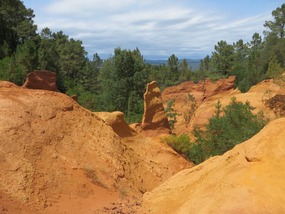

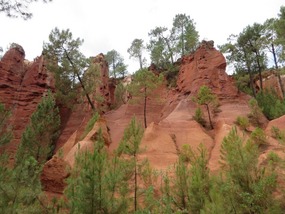
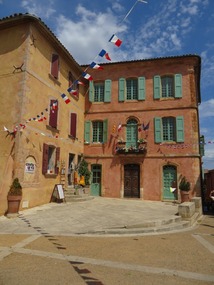
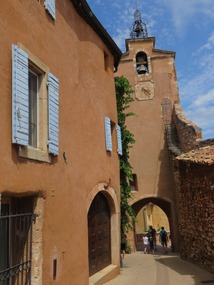
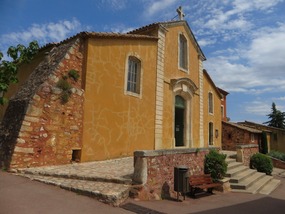
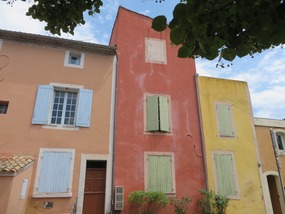
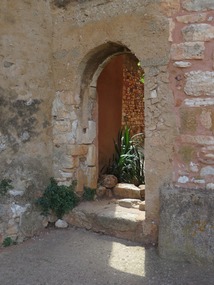
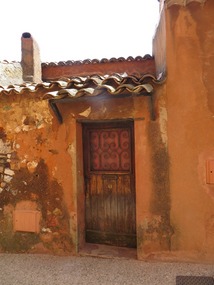
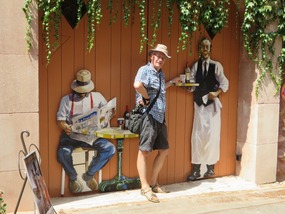
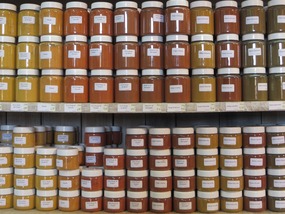
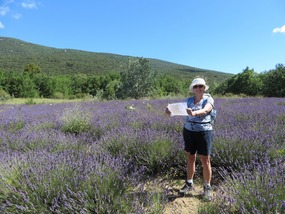
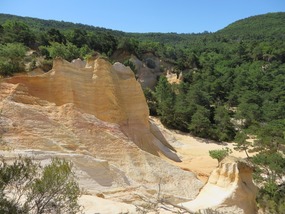
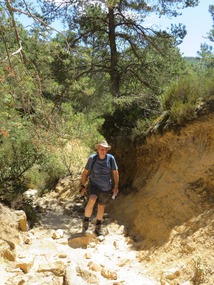
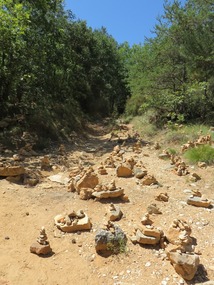
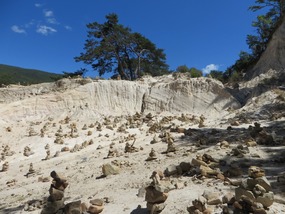
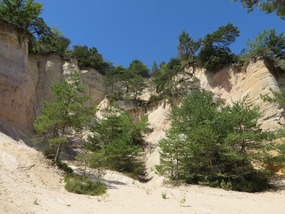
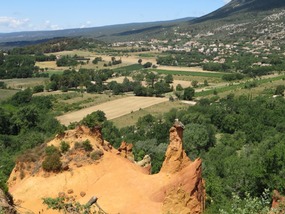
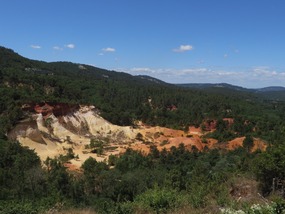

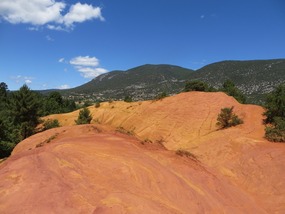
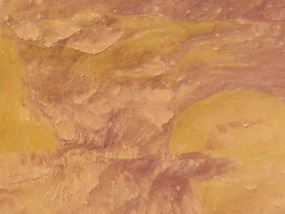
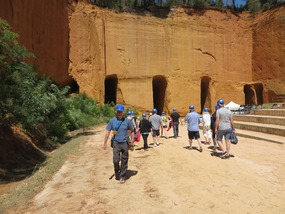
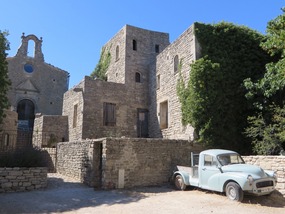
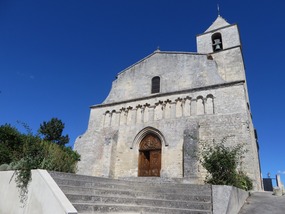
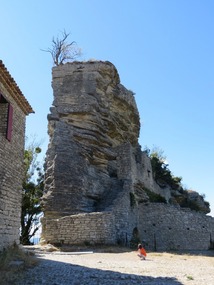
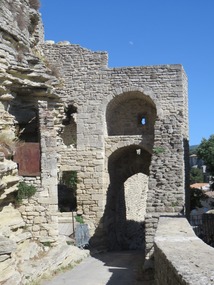

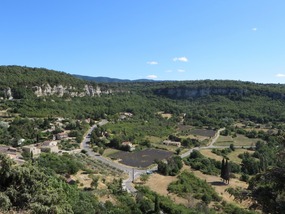

2025-05-23